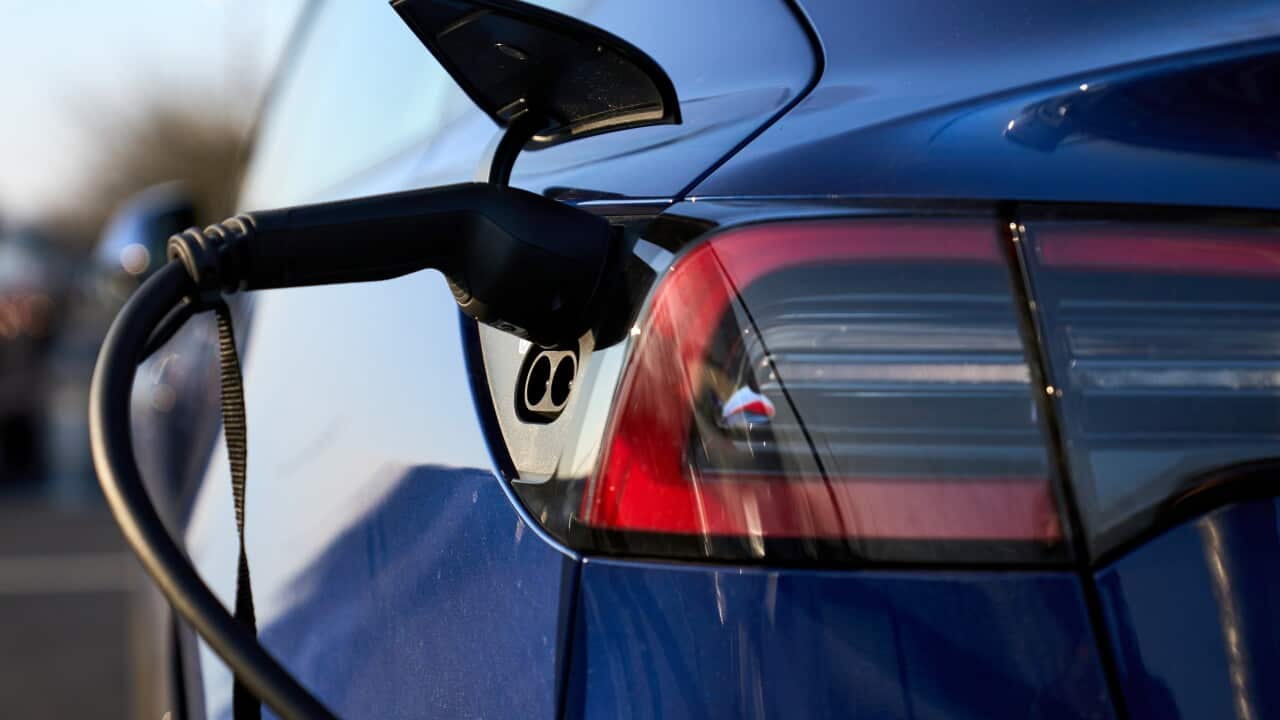Key Points
- Petrol prices are likely to rise above $2 a litre over the Easter break.
- There's currently a 47-cent difference between the cheapest and most expensive prices in Sydney.
- After the Easter long weekend, there's a chance prices will drop.
Petrol prices are expected to increase in the lead up to Easter long weekend and motorists have been urged to fill up ahead of time.
Prices are likely to drift above $2 a litre over the Easter break and the school holiday period, with many motorists in Sydney already paying upwards of $2 a litre, according to Compare the Market data.
The comparison site's energy expert Chris Ford said some retailers were keeping prices low to draw consumers in.
"For example, there's currently a 47-cent difference between the cheapest and most expensive prices in Sydney," he said.
"That's around $23.50 in savings if you're filling up a 50-litre tank."
Average prices across the other capital cities are more reasonable, with Melbourne's average price sitting at $1.78 a litre and Brisbane's $1.79 a litre.
Wholesale prices have fallen six cents in the past fortnight to $1.69 a litre.
Will petrol prices cool off?
After the Easter long weekend, Mr Ford said there's a chance prices will drop in line with oil prices.
CommSec chief economist Craig James said oil prices influenced retail prices but fluctuations did not necessarily translate directly to prices paid at the bowser, with city-specific pricing cycles also a major driver of retail prices.
Plus, he said the outlook for oil prices remained murky.
Mr James said there were several factors in the mix and it was hard to discern which way oil prices would go.
On one hand, recession fears could keep oil prices contained, especially in light of the recent turmoil in the banking world, which could help weigh on retail fuel prices.
On the other hand, chances of oil supply disruptions, a rebounding Chinese economy and stabilising inflation and interest rates could keep oil prices elevated.
CommSec analysts forecast oil benchmark prices could drift upwards from around US$80 ($120) a barrel in the first half of the year before rising to around US$90 ($135) a barrel by the second half of the year.
"In terms of what that means for motorists in Australia, certainly there's the potential for prices to drift up a little bit from where we're seeing things at the moment," Mr James said.
But he said the massive moderation in fuel prices since the war in Ukraine drove up prices in March last year would have a disinflationary effect by lowering distribution costs for food and other goods.
"If that occurs, then we'll start to see more talk about pausing interest rates."











